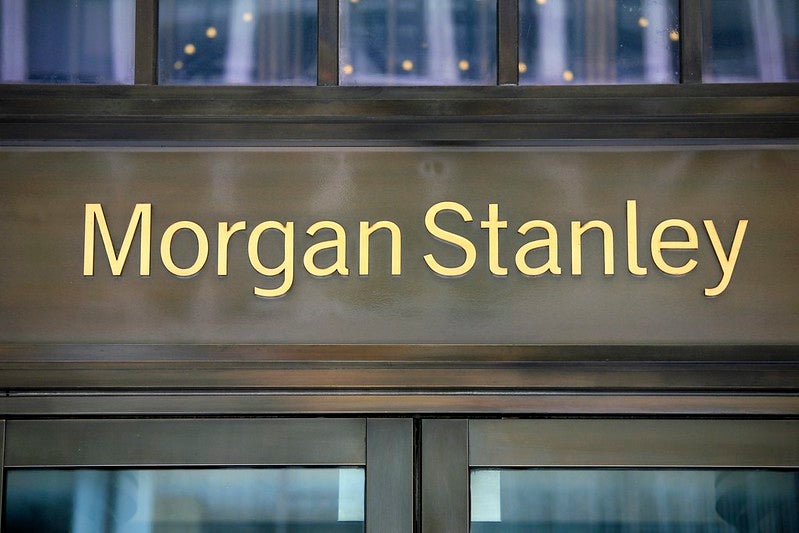The wealthy populations in the BRICS countries have increased by almost a third and largely withstood the global financial crisis. Yet with considerable challenges ahead for each member, can the BRICS’ HNWIs keep building their wealth? Christopher Rocks highlights WealthInsight’s research which predicts that the total number of BRICS’ HNWIs will grow by over 75%, to reach 3.4m by 2016.
Emerging markets have grown rapidly in recent years, led by the BRICS countries of Brazil, Russia, India, China and South Africa. This has led to a huge increase in the number of wealthy individuals in these countries. But with the global economy looking increasingly fragile and growth beginning to slow in these markets, can the rich keep building wealth in the BRICS?
Recent research by Wealth Insight, the London based global wealth consultancy, sheds light on the HNW landscape across the BRICS.
75% BRIC HNWI are Chinese
WealthInsight’s 2012 BRICS Wealth Book looks at a review period stretching back to 2007 and a forecast period stretching to 2016 and shows considerable variation in performance and significant challenges ahead.
How well do you really know your competitors?
Access the most comprehensive Company Profiles on the market, powered by GlobalData. Save hours of research. Gain competitive edge.

Thank you!
Your download email will arrive shortly
Not ready to buy yet? Download a free sample
We are confident about the unique quality of our Company Profiles. However, we want you to make the most beneficial decision for your business, so we offer a free sample that you can download by submitting the below form
By GlobalDataAccording to WealthInsight the total number of high net worth individuals (HNWIs) in the BRICS has increased by 30% over the past 4 years.
In 2007 there were 1.5m HNWIs in Brazil, Russia, India, China, and South Africa; as of 2011 there are 1.9m wealthy individuals in these countries combined. By 2016 this figure is projected to almost double to reach 3.5m HNWIs.
China accounts for the greatest share of the BRICS’ wealthy population. As of 2011, two-thirds of HNWIs coming from the BRICS are Chinese, a ratio expected to increase by 2016.
South Africa has by far the smallest share of high net worths, unsurprising due to its far smaller overall population.
The number of HNWIs in China has also increased at the quickest rate over the review period, rising by 41% between 2007 and 2011.
Russia is behind
In India, HNWI volumes increased by 32%; in Brazil, 31%; and 18% in South Africa. During this time, Russia was the only country in the group to experience a decline in the total number of HNWIs (-18%), largely due to a fall in the value of the Russian ruble which negatively impacted on the US dollar wealth of Russian HNWIs.
Russia also maintains a particularly skewed distribution of wealth. Across the BRICS, HNWIs hold a combined wealth of $7.5tn, accounting for almost a third of these countries total individual wealth – in line with the worldwide norm of 25-35%.
But the ratio is very high in Russia, with the rich holding over 75% of personal wealth. India (26%), China (31%), Brazil (29%) and South Africa (27%) are all relatively in line with the BRICS and worldwide average, allowing more scope for newly wealthy individuals.
Eyes on India
Over the forecast period (2011-2016) the overall volume of HNWIs in the BRICS is projected to increase by 76%.
But the story is not just about China. India will see the strongest growth in the years ahead with the number of HNWIs in the country more than doubling by 2016.
WealthInsight analyst Andrew Amoils comments: "India is expected to lead the way in terms of HNWI growth over the next five years as it starts from a significantly lower base to the other BRICS in terms of average wealth and number of HNWIs per unit of population."
Russia will again be home to the slowest increase in HNWIs amongst the BRICS, but even there the number of wealthy individuals is still expected to increase by over a third.
Booming cities
At the end of 2011, China accounted for twelve (40%) of the top 30 BRICS cities for multi-millionaires.
There were nine in Brazil, five in India, two in Russia and another two in South Africa. Beijing was the largest city for these ultra-high net worth individuals (1,318 ultras), followed by São Paulo (1,310), Shanghai (1,028), Moscow (821) and Mumbai (577).
India will be home to some of the fastest growing cities for ultra-HNWIs. In the period to 2016, 30% of the fastest UHNWIs growth centers will be India, including four of the top five (Pune, Bangalore, Hyderabad, and Mumbai).
Brazil made up two of the fastest growing cities over the review period (Belo Horizonte and Fortazela).
Otherwise the fastest growing locations for UHNWIs over the review period, and forecast to 2016, are predominantly Chinese, including cities like Chongqing and Fuzhou.
Stock market slowdowns
While the broader outlook in the BRICS is fixed on strong growth, the last year has been particularly challenging for wealth formation in the face of an uncertain economic climate and losses in stock markets.
Following a return to normality in 2010, volatility in stock markets spiked in 2011 owing to widespread concerns over the Eurozone debt crisis.
Brazil, Russia, and South Africa have subsequently witnessed declines in total HNWI wealth over the past year.
And risks to economic growth will continue as the global economy remains fragile, with important implications for wealth managers.
Over the past year, concerns about an economic slowdown have followed the Chinese economy in particular.
If fears over a Chinese hard-landing were to fully materialize, the number of HNWIs in the country would be severely affected: asset prices would fall and wealth would be destroyed.
WealthInsight analysis predicts that China would have some 80,000 fewer HNWIs in 2016 if GDP growth were to fall to an annual rate of 6%.
The likelihood of this scenario is hard to judge; the IMF has observed that the Chinese economy appears to be undergoing a soft landing, indicating growth rates of about 7%-8% per year.
Still some way to go
And while it remains clear that the increasing influence of emerging market wealth will continue to drive the rise in HNWI wealth globally, the combined HNWI wealth in the BRICS is still some way behind certain developed markets.
The chart below compares total BRICS wealth with selected countries in Western Europe and North America, suggesting the BRICS still have some way to go to overtake some advanced economies in terms of HNWIs wealth.







